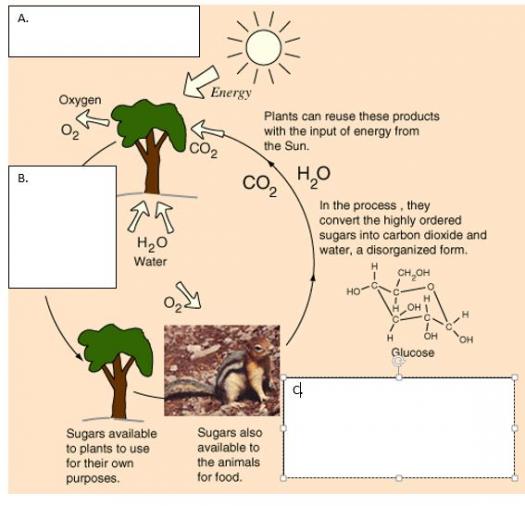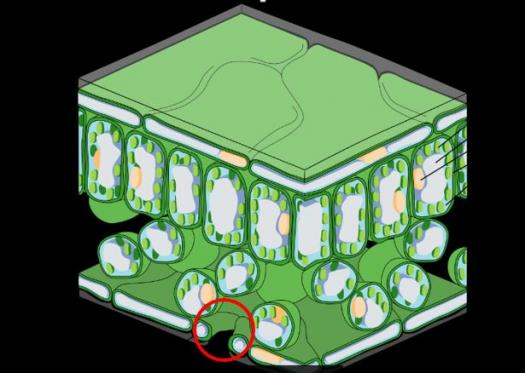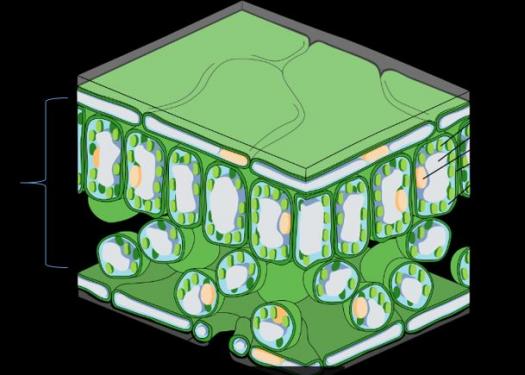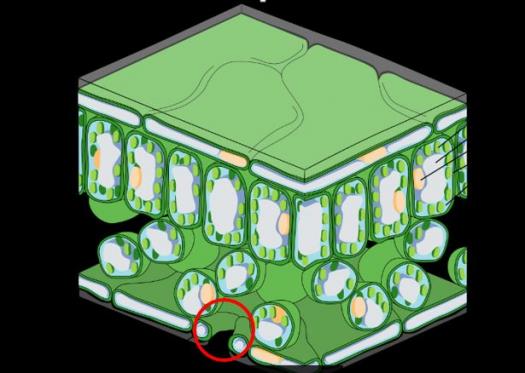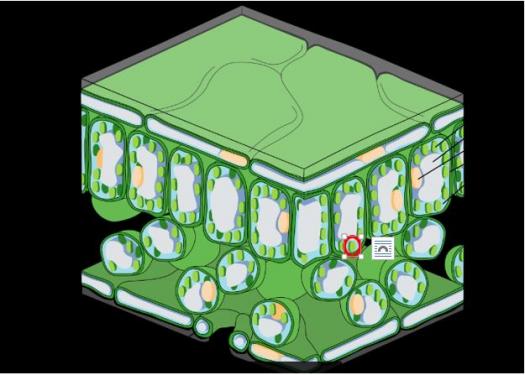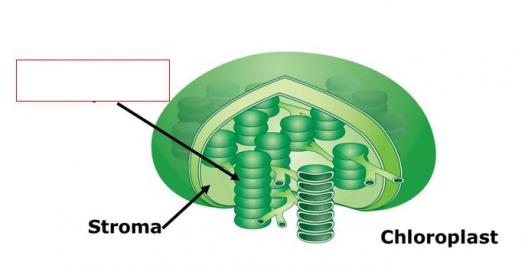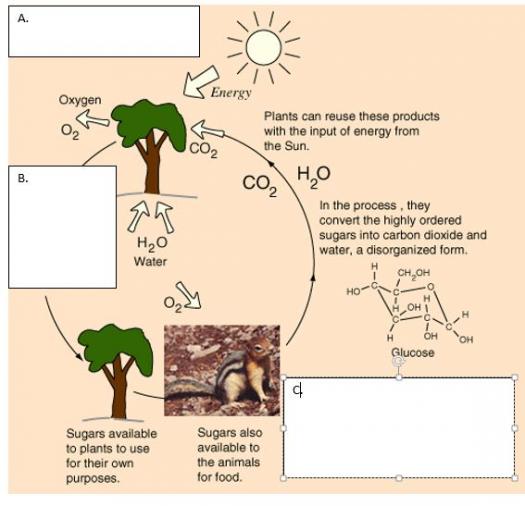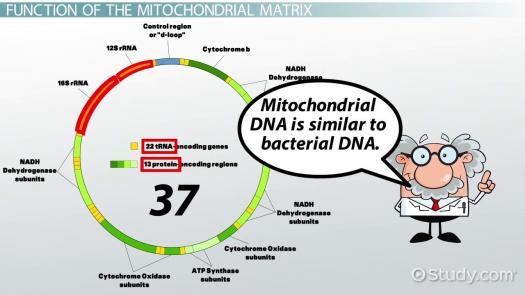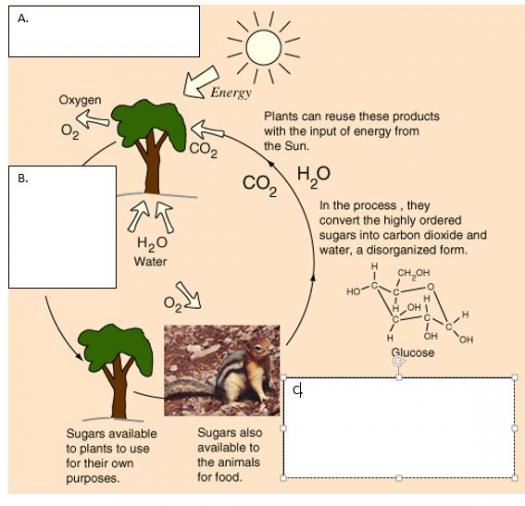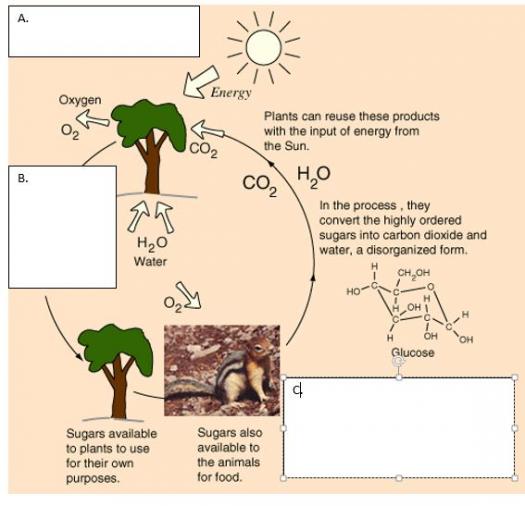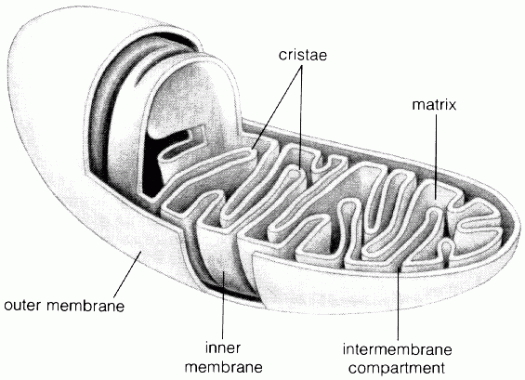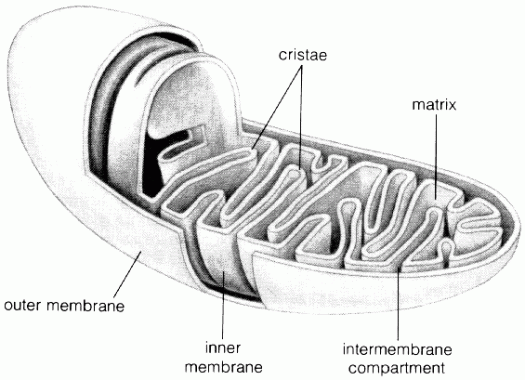Cell Energy Cycle For Leland High School Biology
-
In box C, cellular ________________ is the process that is going on in the second half of the cell energy cycle.
Answer the following questions using your notes from the cell energy cycle unit

Quiz Preview
- 2.
In box A, what is the ultimate source of energy for the cellular energy cycle
-
Carbon Dioxide
-
Oxygen
-
The sun
-
All of the above
Correct Answer
A. The sunExplanation
The ultimate source of energy for the cellular energy cycle is the sun. This is because sunlight is captured by plants during photosynthesis, where it is converted into chemical energy in the form of glucose. This glucose is then broken down through cellular respiration to produce ATP, which is the primary source of energy for cellular processes. Therefore, the sun plays a crucial role in providing the initial energy that is used by living organisms.Rate this question:
-
- 3.
What part of the leaf is the circled structure?
-
stomata
-
Mesophyll
-
Chloroplast
-
None of the above
Correct Answer
A. stomataExplanation
The circled structure in the leaf is called stomata. Stomata are small openings or pores found on the surface of leaves, stems, and other plant organs. They are responsible for the exchange of gases, such as oxygen and carbon dioxide, between the plant and its environment. Stomata also regulate the transpiration process, which is the loss of water vapor from the plant.Rate this question:
-
- 4.
The indicated portion of the leaf structure is the location of photosynthesis in the plant
-
True
-
False
Correct Answer
A. TrueExplanation
The indicated portion of the leaf structure refers to the chloroplasts, which are responsible for photosynthesis in plants. These tiny organelles contain chlorophyll, a pigment that captures sunlight and converts it into energy through a series of chemical reactions. Photosynthesis is a vital process for plants as it allows them to produce glucose, their main source of energy, and release oxygen into the atmosphere. Therefore, it is correct to say that the indicated portion is the location of photosynthesis in the plant.Rate this question:
-
- 5.
What is the function of the circled part of the leaf structure?
-
Photosynthesis
-
Cellular respiration
-
Exchanging gases into and out of the leaf
-
DNA storage
Correct Answer
A. Exchanging gases into and out of the leafExplanation
The circled part of the leaf structure is responsible for exchanging gases into and out of the leaf. This process, known as gas exchange, allows the leaf to take in carbon dioxide from the atmosphere and release oxygen, which is essential for photosynthesis. Additionally, it allows the leaf to release excess oxygen and water vapor produced during photosynthesis. This exchange of gases is crucial for the leaf to obtain the necessary resources for energy production and to release waste products.Rate this question:
-
- 6.
The organelle that is circled in the image is the ___________________
Correct Answer
chloroplastExplanation
The organelle circled in the image is the chloroplast. Chloroplasts are found in plant cells and are responsible for photosynthesis, the process by which plants convert sunlight into energy. They contain chlorophyll, a green pigment that captures light energy, and other pigments that help absorb and transfer energy. Chloroplasts have a double membrane and contain thylakoids, where the light-dependent reactions of photosynthesis occur, and stroma, where the light-independent reactions occur.Rate this question:
- 7.
The structure being pointed to, located inside a chloroplast is called the _______________________.
Correct Answer
thylakoidExplanation
The structure being referred to inside a chloroplast is called a thylakoid. Thylakoids are flattened, disc-like structures that are stacked on top of each other to form grana. They contain chlorophyll and other pigments that are essential for the process of photosynthesis. Thylakoids are responsible for capturing light energy and converting it into chemical energy, which is used to produce ATP and NADPH.Rate this question:
- 8.
What is the major portion of the cell energy cycle occurs in the portion of the leaf shown
-
Cellular respiration
-
Photosynthesis
-
Both of the above
-
Option 4
Correct Answer
A. PhotosynthesisExplanation
The major portion of the cell energy cycle that occurs in the portion of the leaf shown is photosynthesis. Photosynthesis is the process by which plants convert light energy into chemical energy, specifically glucose, which is used as fuel for cellular respiration. In this process, plants use sunlight, water, and carbon dioxide to produce glucose and oxygen. Cellular respiration, on the other hand, is the process by which cells break down glucose to release energy. While cellular respiration does occur in plant cells, the major portion of the cell energy cycle in the leaf is photosynthesis.Rate this question:
-
- 9.
In box B, what process is occurring?
-
Photosynthesis
-
Cellular respiration
-
Osmosis
-
Mitosis
Correct Answer
A. PhotosynthesisExplanation
In box B, the process that is occurring is photosynthesis. This is the process by which plants use sunlight, carbon dioxide, and water to produce glucose and oxygen. In photosynthesis, plants convert light energy into chemical energy, which is stored in the form of glucose. This process is essential for the survival of plants and plays a crucial role in the Earth's ecosystem by producing oxygen and removing carbon dioxide from the atmosphere.Rate this question:
-
- 10.
The part of the leaf indicated is called ...
-
The chlorophyll
-
The mesophyll
-
The matrix
-
The stomata
Correct Answer
A. The mesophyllExplanation
The correct answer is "The mesophyll." The mesophyll is the internal tissue of a leaf that contains chloroplasts, where photosynthesis takes place. It is responsible for capturing sunlight and converting it into chemical energy through the process of photosynthesis. The mesophyll also contains air spaces that allow for gas exchange, making it an important part of the leaf's structure and function.Rate this question:
-
- 11.
What theory is supported by the cartoon ?
-
Theory of evolution
-
Theory of endosymbiosis
-
Theory of relativity
-
All of the above
Correct Answer
A. Theory of endosymbiosisExplanation
The cartoon supports the theory of endosymbiosis. This theory suggests that certain organelles, such as mitochondria and chloroplasts, were once free-living bacteria that were engulfed by larger cells and formed a symbiotic relationship. The cartoon likely depicts this process, showing the engulfment of a smaller cell by a larger one, supporting the idea of endosymbiosis.Rate this question:
-
- 12.
In box C, what is the organelle where glucose is converted to ATP
-
Mitochondria
-
Endoplasmic reticulum
-
Chloroplast
-
All of the above
Correct Answer
A. MitochondriaExplanation
The mitochondria is the organelle where glucose is converted to ATP through the process of cellular respiration. ATP is the main energy currency of the cell, and it is produced in the mitochondria through a series of chemical reactions. The endoplasmic reticulum is involved in protein synthesis and lipid metabolism, while the chloroplast is responsible for photosynthesis in plant cells. Therefore, the correct answer is mitochondria, as it is the specific organelle involved in the conversion of glucose to ATP.Rate this question:
-
- 13.
In box B, what is the organelle in which the first half of the cell energy cycle is occurring?
-
Mitochondria
-
Nucleus
-
Cell membrane
-
Chloroplast
Correct Answer
A. ChloroplastExplanation
The first half of the cell energy cycle, also known as photosynthesis, occurs in the chloroplast. Chloroplasts are organelles found in plant cells that contain chlorophyll, a pigment responsible for capturing sunlight and converting it into chemical energy through photosynthesis. The other options, such as the mitochondria, nucleus, and cell membrane, are not involved in the process of photosynthesis.Rate this question:
-
- 14.
What is the purpose of the curved (cristae) shape of the mitochondria's inner membrane?
-
To discourage attacks from predators
-
To allow it to easily engulf smaller microbes
-
To increase the surface area available to create ATP
-
All of the above
Correct Answer
A. To increase the surface area available to create ATPExplanation
The purpose of the curved (cristae) shape of the mitochondria's inner membrane is to increase the surface area available to create ATP. The inner membrane of the mitochondria is folded into numerous cristae, which provide a larger surface area for the electron transport chain and ATP synthesis. This allows for more efficient production of ATP, the main energy currency of the cell. The other options, discouraging attacks from predators and allowing it to easily engulf smaller microbes, are unrelated to the shape of the inner membrane of mitochondria.Rate this question:
-
- 15.
Which of the locations inside the mitochondria identified in this illustration is the location of the Krebs Cycle?
-
Inner membrane
-
Matrix
-
Outer membrane
-
Cristae
Correct Answer
A. MatrixExplanation
The Krebs Cycle, also known as the citric acid cycle, takes place in the matrix of the mitochondria. The matrix is the innermost compartment of the mitochondria, surrounded by the inner membrane. It is where the majority of the chemical reactions of the Krebs Cycle occur, leading to the production of energy-rich molecules such as ATP. The outer membrane and cristae are not directly involved in the Krebs Cycle.Rate this question:
-
Quiz Review Timeline (Updated): Mar 18, 2023 +
Our quizzes are rigorously reviewed, monitored and continuously updated by our expert board to maintain accuracy, relevance, and timeliness.
-
Current Version
-
Mar 18, 2023Quiz Edited by
ProProfs Editorial Team -
Dec 09, 2016Quiz Created by
Kenm21804
Cell Quiz (Easy)
This quiz is to test you about your knowledge with Cells
Questions:
5 |
Attempts:
4126 |
Last updated:
Oct 13, 2023
|
Practice Quiz On Cell Structures
Hello and welcome to this science cells quiz that we've designed below to test your knowledge. The term “science” covers an incredibly broad range of topics and...
Questions:
10 |
Attempts:
30869 |
Last updated:
Sep 01, 2024
|
Trivia: How Much Do You Actually Know About Cells?
A cell is the basic unit of all living things except viruses. Cells consist of a nucleus (which contains genetic material), cytoplasm, and organelles, all of which are...
Questions:
10 |
Attempts:
110 |
Last updated:
May 20, 2025
|
 Back to top
Back to top



